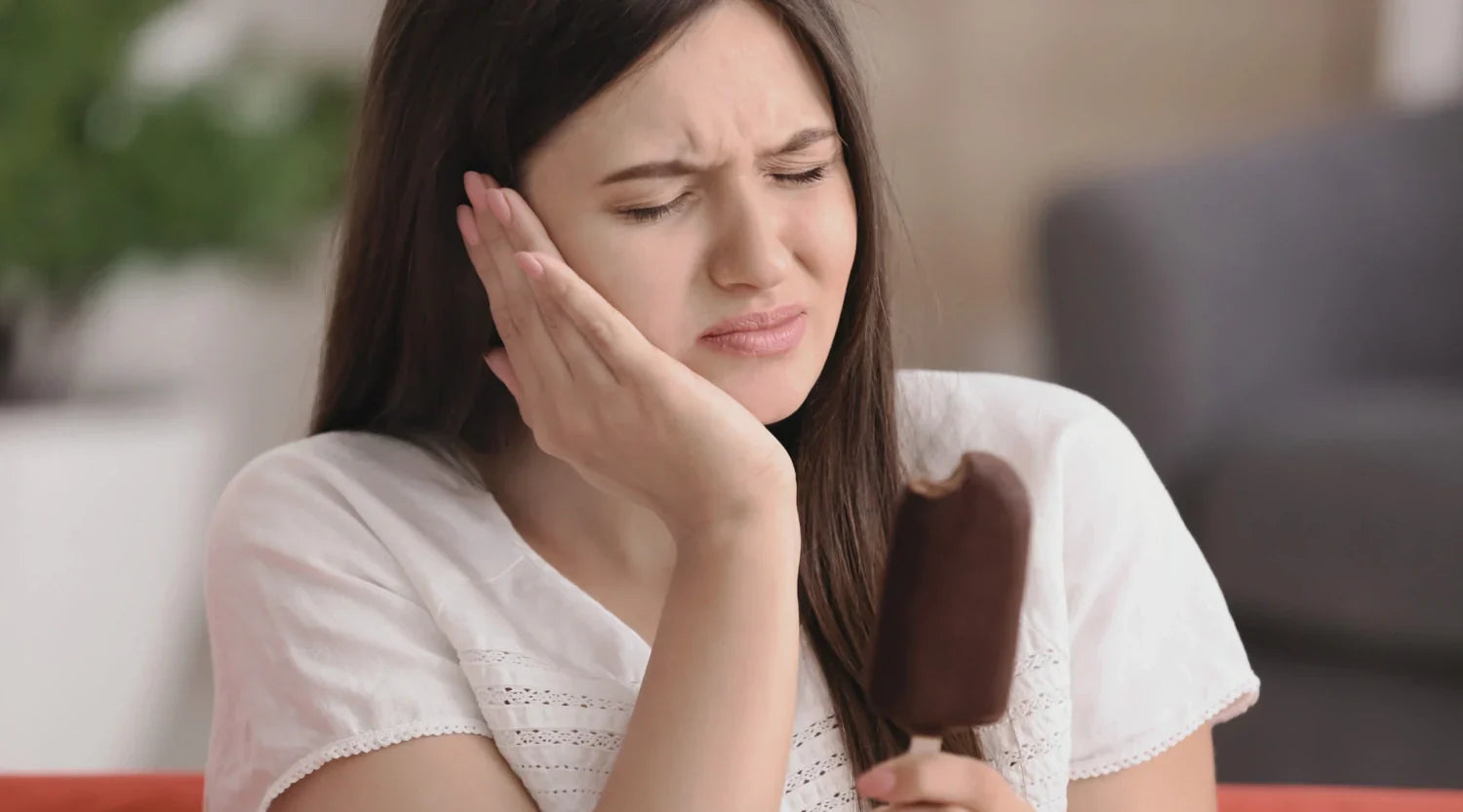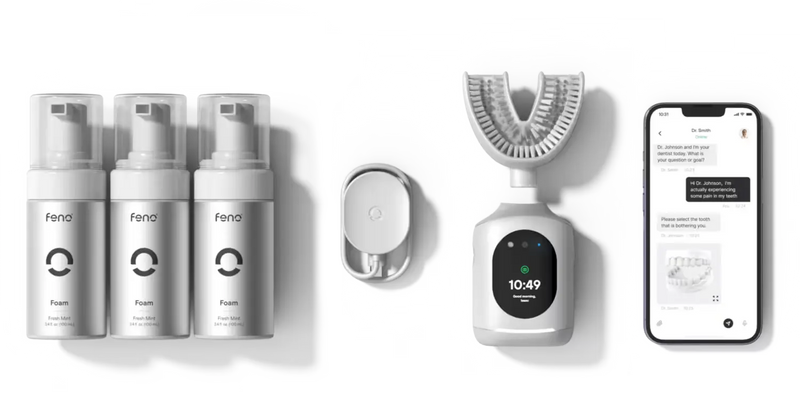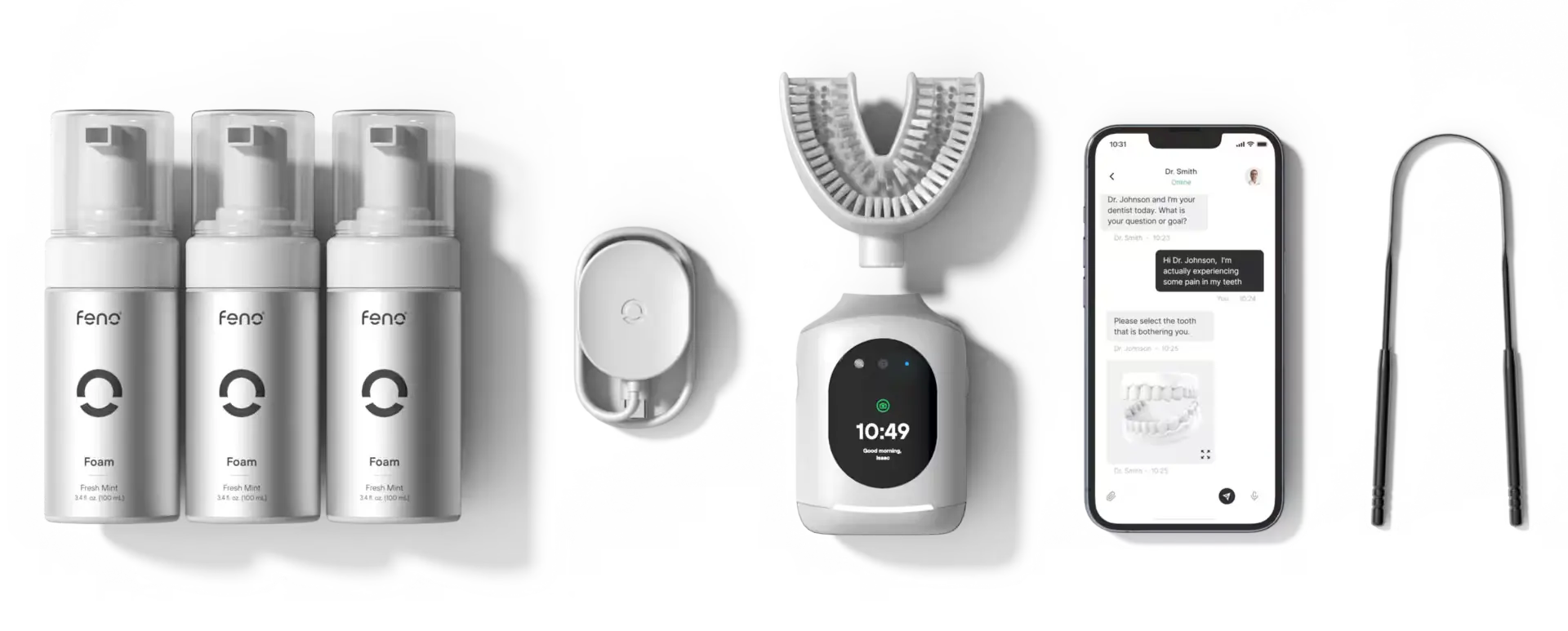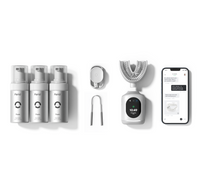
Hot vs. Cold: What Your Tooth Sensitivity Is Telling You
Essential Takeaways
- While cold sensitivity typically points to enamel issues that are manageable at home, pain from hot foods or drinks often signals more serious dental problems requiring prompt professional attention.
That sharp zing when you bite into ice cream or the lingering pain after sipping hot coffee affects around 40% of adults globally. But did you know that sensitivity to heat versus cold can signal different underlying issues? Let me walk you through what your temperature-triggered tooth pain might be telling you.
Cold Sensitivity: The Most Common Culprit
What it feels like: A sudden, sharp pain when consuming cold foods or drinks, or breathing in cold air.
What it might mean:
- Enamel erosion: I regularly see patients with worn enamel that exposes the dentin underneath. The American Dental Association reports that 1 in 8 adults has enamel wear severe enough to cause sensitivity.
- Gum recession: Nearly 50% of adults over 30 have some form of gum disease, which can expose tooth roots—a common issue I address with patients daily.
- Recent dental work: I always inform my patients that up to 80% experience temporary sensitivity following routine fillings.
- Cracked tooth: Those microscopic cracks might not be visible to you, but with specialized dental equipment, we can identify them before they worsen.
Cold sensitivity is typically your mouth's first warning sign of a developing issue. The good news? It often responds well to desensitizing toothpaste.
Heat Sensitivity: A More Serious Signal
What it feels like: A throbbing pain that persists even after the hot stimulus is removed.
What it might mean:
- Pulp inflammation: When patients report heat sensitivity, I'm immediately concerned about irritation or damage to the nerve inside the tooth.
- Infection or abscess: Studies shows that 90% of teeth with pulp infections exhibit heat sensitivity.
- Deep decay: In approximately 65% of cases, cavities that have penetrated deep into the tooth structure will trigger heat sensitivity.
- Damaged filling: About 30% of heat sensitivity cases I see are related to compromised dental restorations that need replacement.
I can't stress this enough: heat sensitivity generally deserves prompt professional attention, as it's more frequently associated with conditions requiring root canal treatment if left untreated.

Both Hot and Cold Sensitivity
When patients tell me their teeth react to both temperature extremes, I look for:
- Advanced pulp inflammation: The nerve is likely in a transitional state of damage.
- Cracked tooth syndrome: 20% of my patients with cracked teeth experience both hot and cold sensitivity.
- Bruxism (teeth grinding): This affects an estimated 10% of adults and can lead to general temperature sensitivity—something we can address with a proper nightguard.
What I Recommend for Temperature Sensitivity
- Don't ignore it: Only 57% of people with tooth sensitivity seek professional advice, which is concerning given what these symptoms can indicate.
- Track your triggers: Note which temperatures cause pain and whether it lingers—this information is invaluable during your dental visit.
- Try desensitizing toothpaste: I've seen clinical results showing these can reduce sensitivity by up to 30% within two weeks.
- See your dentist: Professional evaluation is crucial, especially for heat sensitivity.
At Feno, we believe that oral care is the gateway to whole body health. That's why we've developed technology that makes comprehensive oral care accessible in just 20 seconds. Temperature sensitivity is your body's warning system—a signal I urge you not to ignore.

Feno Founders Edition Bundle
Advanced Oral Health in 20 Seconds with the Feno Smartbrush™
Get Yours Now!





